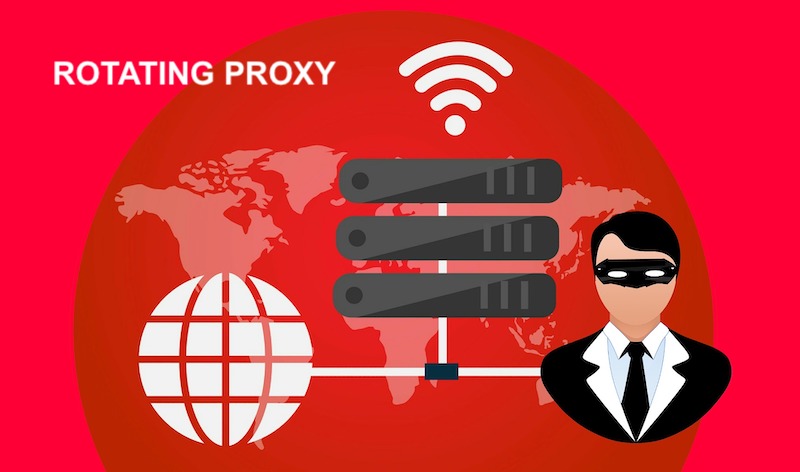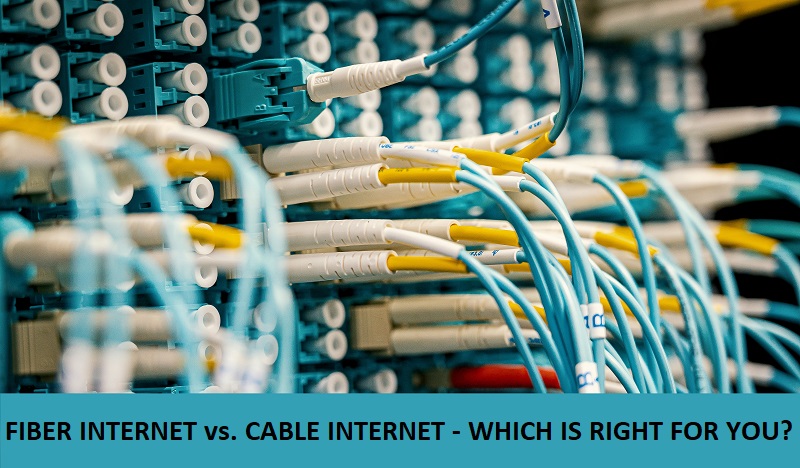
A proxy helps in hiding your IP address when online. But sometimes, you might need to get a new IP or rotate proxy servers using Python. Most systems are built in such a way that they can detect IP addresses. When many requests are from the same IP address within a short time, the IP address is marked and sometimes banned. The only option you are left with is creating different IPs, which cannot be easy if the server is highly protected. In this case, the best thing to do is to make your requests through a proxy server. The proxy server helps maintain your original requests, and their target server will only see their IP address. In this case, your IP address will be invisible.
[..]
Read more...










